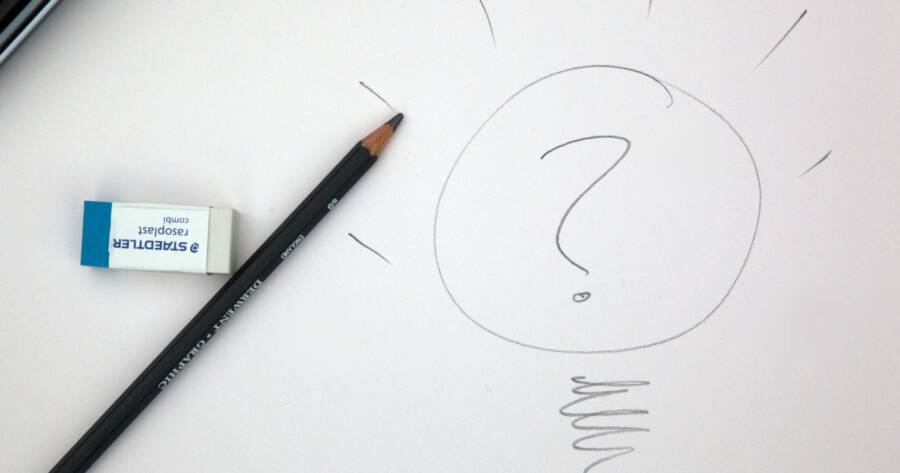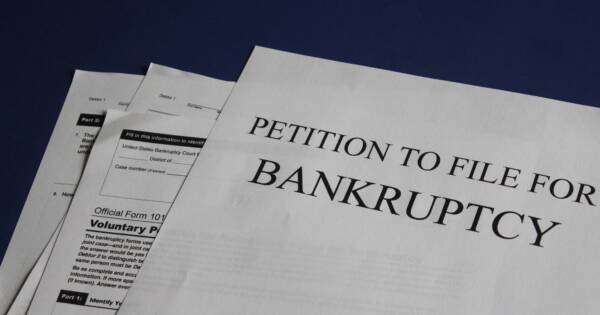Find out how to search for an existing patent when you’re developing new technology. Learn about your options if your own design infringes on another.
What Is a Patent?
Patents are a legal tool the U.S. federal government provides to help inventors protect their designs. Once you’ve been granted a patent, your invention becomes yours to build or to license to others for a period of time, usually between 10 and 20 years. The purpose of the patent system is to encourage innovation by protecting designers’ ability to profit from their work while allowing others to see what’s been invented and take the next step.
The U.S. Patent Office issues patents to the first inventor of a new technology or process. In order to be considered for a patent, a design or process must be:
- New, not already in existence
- Useful, which is interpreted rather broadly for most practical purposes
- Not obvious, which excludes patents for self-evident inventions or actions anybody could be expected to stumble upon on their own.
Assuming your idea meets these requirements, you are free to apply for a patent to protect it. Before you do that, however, it’s vital to make sure a patent has not already been granted for your invention or for something similar.
 Clark Tibbs/Unsplash
Clark Tibbs/UnsplashSearching for an Existing Patent
You can search for an existing patent in several ways. You can look for a specific patent by number (if you know it), the date granted or keywords.
To search for an existing patent by patent number, visit the U.S. Patent Office’s Public PAIR website, and navigate to the Application Retrieval page. From there, you can search for an existing or pending patent by:
- Application number
- Control number
- PCT number
- Publication number
- The patent number itself, if you know it
You can also use this page to search for overseas applications through the international design registration number, if you have that.
If you don’t have the specifics of the patent you’re looking for, or you’re just trying to find out whether anything similar to your design has already been granted a patent, you can search through the Patent Office’s database with keywords and a text description. The internal search engine does its best to locate any existing patents that use similar keywords to your search terms. To search by description, pull up the U.S. Patent Office online and navigate to the search by keyword tool.
Due Diligence in Your Patent Search
Patent authorities in almost every country expect designers to perform as much due diligence during their patent search as they practically can. This usually takes the form of a freedom to operate (FTO) search. FTO searches can get very involved, considering how complex the design process generally is, but there are ways to keep the process manageable.
Limit by Location
First, you should limit your FTO search just to the countries and regions where you intend to operate. If your company does business entirely in the United States, a U.S.-based FTO search should suffice.
European patents may be held at either the national or E.U. level, which complicates the search somewhat. If you do not intend to offer your product in a European country, however, then it isn’t likely you will infringe on an enforceable copyright there.
Consider Potential Competitors
Another way to manage your FTO search is to confine inquiries to just your likely competitors. If you’ve developed a new software package, for instance, your FTO search probably doesn’t need to examine the patents held by Walmart or General Motors, though Microsoft and Apple would almost certainly be included in your initial search.
Patents can still turn up in odd places. In the United States, an entire industry exists for operators who buy up patents from bankrupt companies. These bulk patents can be enforced just like any others, and so you might consider engaging a specialist FTO service to find any existing patent you could arguably be infringing on.
Regardless of how broad or how narrow your search is, it’s an extremely good idea to start the FTO process at the earliest possible design stage. Not only might this save you a lot of wasted time and resources developing something that already exists, the effort itself can show you developed your own patent in good faith if there is a dispute later on.
 Felix Mittermeier/Unsplash
Felix Mittermeier/UnsplashWhat to Do in Case of a Dispute
Sometimes, despite your best efforts, a design you worked on winds up infringing on an already existing patent. When this happens, you still have options that can salvage your work and allow you to use the innovation you’ve developed.
Initial Steps
If you’ve been notified of a potential infringement, your first step should be to examine the patent itself. Ask the owner of the patent for the registry number so you can look it up for yourself. Remember to make a distinction between pending patent applications and patents that have been granted. Only granted patents are enforceable, not applications.
Seeking the Advice of an Attorney
If the other party has an existing patent, it’s a good idea to consult with a patent attorney, preferably one with experience in the specific industry you work in. The degree to which your design infringes on the existing patent may not be enough to support a legal claim, which would allow you to proceed with the court’s approval.
Assuming the other party’s patent is sound and bears enough of a resemblance to your own design to limit your rights, you may have no choice but to negotiate with the holder. Many patent holders are willing to license their technology for a fee, which your patent law attorney may be able to negotiate for you.
After a successful negotiation, you should have a written license that permits you to use the design, or your own version of it, as if you held the patent yourself, though some limits may apply.
Bottom Line
Be aware that no two patents are precisely identical, and even if your design is similar enough to require licensing, you may have enough unique developments to still get a patent of your own, though it may be somewhat more limited in scope than the original application would have been.






